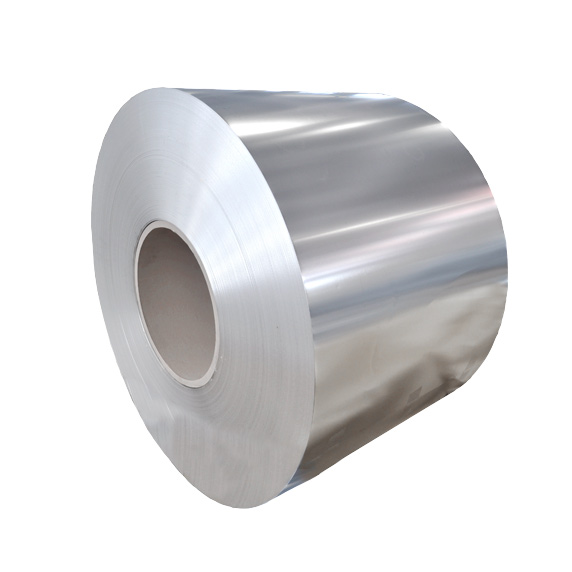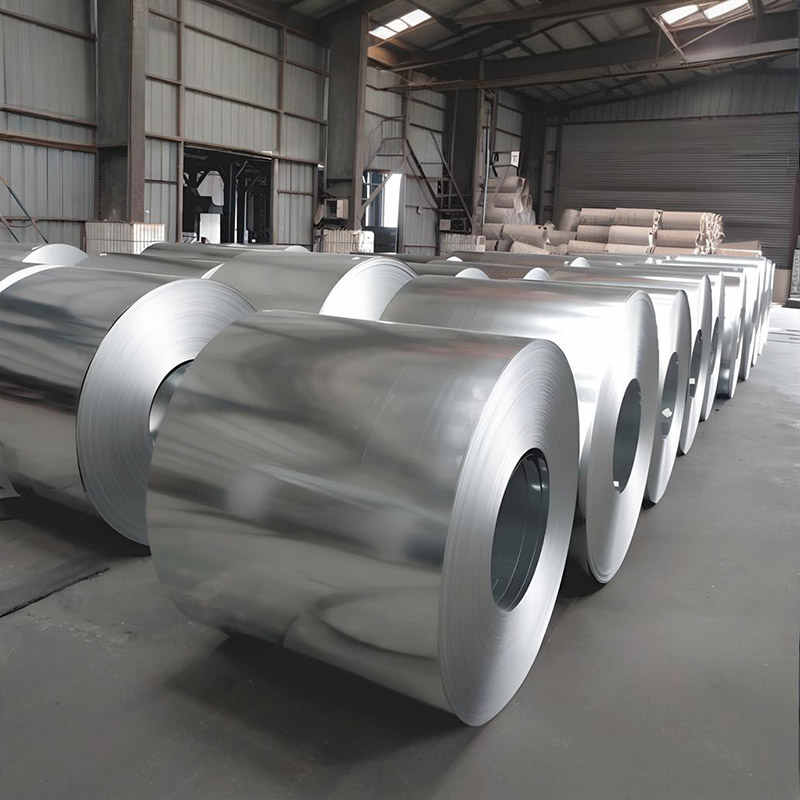In today’s competitive industrial landscape, material selection can make or break a project’s success. Why do seasoned professionals consistently choose dull tinned steel strip over other materials? What unique properties give it such an edge in demanding applications? Let’s explore why this specialized material has become the go-to solution for experts across multiple industries.
What exactly makes dull tinned steel strip stand out from conventional alternatives? Unlike standard bright tinned steel, dull tinned steel undergoes an additional surface treatment that creates a matte finish. This seemingly minor difference results in significantly enhanced corrosion resistance and improved solderability—critical factors in electronics manufacturing and food processing equipment where longevity and reliability are paramount.
How does dull tinned steel strip compare to galvanized steel or aluminum in harsh environments? Industry tests reveal that dull tinned steel maintains its integrity up to 30% longer in corrosive conditions compared to galvanized alternatives. The tin coating provides superior barrier protection, while the dull surface treatment minimizes the risk of micro-cracks that can compromise protection in traditional bright tinned products.
What specific applications benefit most from this material? From automotive fuel systems to HVAC components, dull tinned steel strip excels where consistent performance is non-negotiable. One manufacturing engineer shared, “After switching to dull tinned steel for our heat exchangers, we reduced warranty claims by 40% while extending product lifespan by nearly two years. The initial investment pays for itself many times over.”
Why do professionals consider it more cost-effective despite potentially higher upfront costs? The answer lies in lifecycle analysis. When factoring in maintenance, replacement frequency, and downtime reduction, dull tinned steel strip typically delivers 25-35% lower total cost of ownership compared to competing materials. Its durability also translates to less frequent production line interruptions, further enhancing its economic advantage.
How does the manufacturing process contribute to its superior performance? The specialized production technique involves precise temperature control during the tinning process and a carefully formulated chemical treatment that creates the dull surface. This method results in a more uniform coating with fewer imperfections, ensuring consistent protection across the entire surface area.
In conclusion, dull tinned steel strip has earned its reputation as the professional’s choice through its unmatched combination of corrosion resistance, durability, and cost-effectiveness. As industries continue to demand higher performance standards, this specialized material proves that sometimes the best solutions are those that don’t shine—literally.



